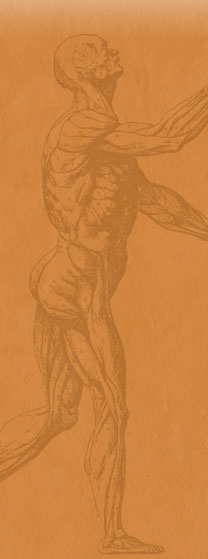Conclusion: The uniqueness of the osteopathic approach to evaluation and treatment of most medical problems centers around the interrelationships between body regions and the integrative whole body functions of fluid and tissue. While relieving pain and restoring local function are important therapeutic goals, they are only part of the osteopathic approach to patient management. Osteopathic thinking considers the individual component part in relationship to the whole person. Neuromuscular control mechanisms have central and peripheral relationships that interconnect different structures and functions throughout the rest of the body. Connective tissue serves an important role in transmitting and balancing mechanical and fluid forces necessary to carry out coordinated body functions. Optimal function of the central and autonomic nervous systems and the respiratory and circulatory systems require proper mobile function in their musculoskeletal relations. Psychoneuroimmunological system interactions involve whole body and local stress responses that can be influenced by osteopathic manipulation and patient lifestyle management. Adequate provision for fulfilling physical, emotional, socioeconomic, and spiritual needs has a profound influence on the patient as a whole as well as on musculoskeletal performance. Enhancing these functions so that patients can excel in their personal and professional endeavors is the ultimate goal of osteopathic patient management.



